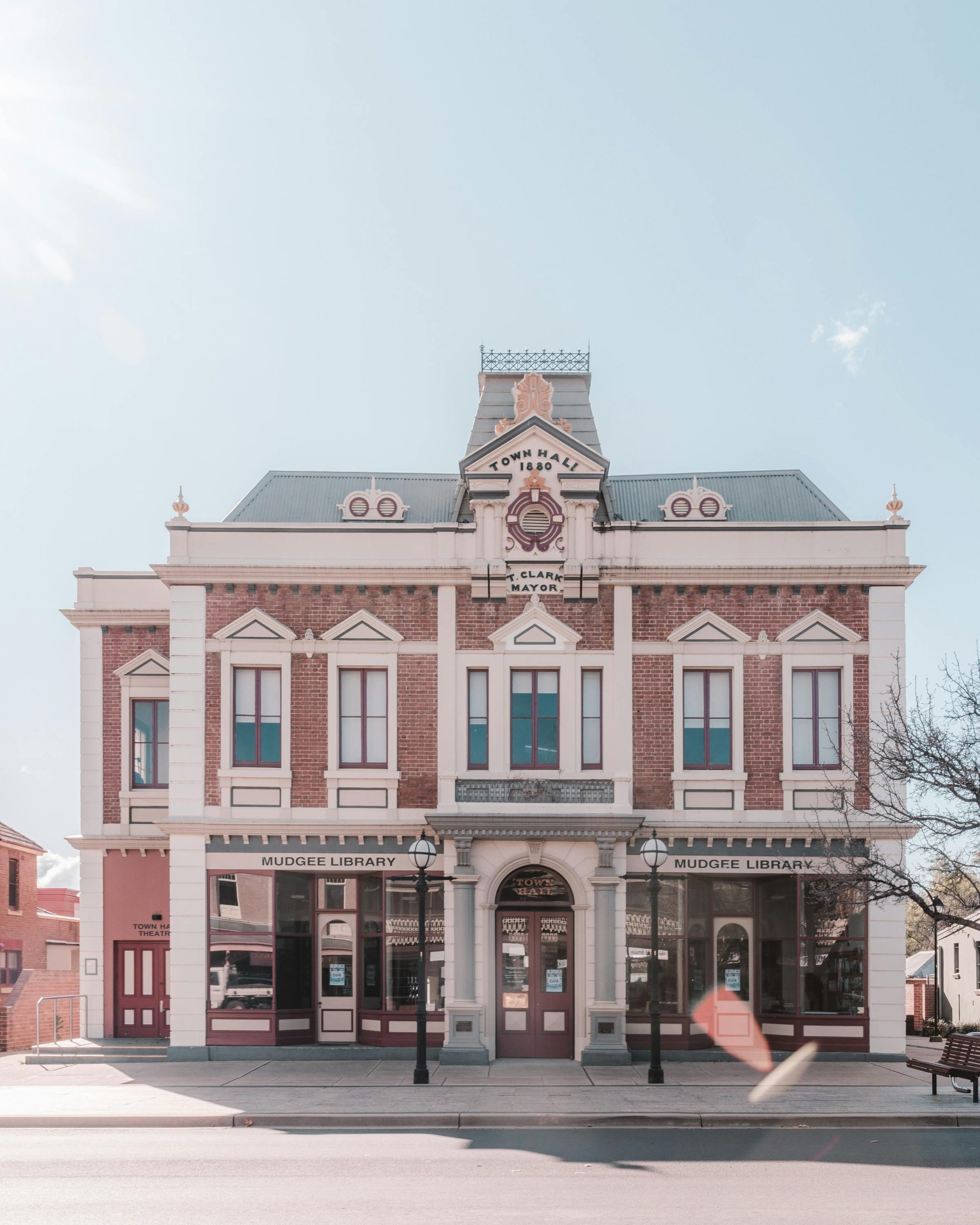A Journey Through Time: Edgeware and King’s Cross Station
Step back in time as we explore the rich history of two iconic locations: Edgeware in 1890 and King’s Cross Station in 1936. Each site offers a unique glimpse into the architectural and cultural evolution of London, reflecting the city’s transformation over the decades.
Edgeware in 1890
In the late 19th century, Edgeware was a burgeoning suburb on the outskirts of London, marked by its serene landscapes and developing residential communities. The year 1890 saw significant changes in this area, with new houses and facilities emerging to accommodate the increasing population. This era was characterized by a blending of rural charm and urban growth, setting the stage for Edgeware’s future transformation into a vibrant town.
King’s Cross Station in 1936
Fast forward to 1936, and King’s Cross Station stands as a pivotal transportation hub in the heart of London. This year reflects a period of modernization and innovation in railway travel. The station, known for its stunning Victorian architecture, was busy with passengers embarking on journeys across the United Kingdom. It played a significant role in connecting various regions, symbolizing the importance of railways to London’s economic and social fabric. The bustling atmosphere of King’s Cross during this time encapsulates the spirit of progress and movement.
Both Edgeware and King’s Cross have unique stories that represent broader trends in London’s history, from suburban development to the rise of transportation networks. As we delve into these moments from the past, we gain a deeper appreciation for the city’s evolution and the experiences that have shaped it into the vibrant metropolis we know today.
Join us as we continue to explore other historical landmarks and uncover the stories behind them, reminding us of the rich heritage that defines London.


Reflecting on London’s Evolution Through History
What an insightful overview of Edgeware and King’s Cross during such transformative periods! As a London resident, I find it fascinating how these historical snapshots highlight the city’s dynamic growth. Edgeware’s development from rural outskirts to a vibrant suburb exemplifies London’s expansion beyond the city center, especially with the late 19th-century urban planning that shaped many of our neighborhoods today.
Similarly, King’s Cross in 1936 showcases London’s pivotal role in transportation innovation. The architectural grandeur of Victorian railway stations not only served practical purposes but also contributed to the city’s identity as a hub of progress. Today, the ongoing redevelopment of King’s Cross reflects this rich history, blending the preservation of heritage with modern urban living.
Studying these stories reminds us that our city’s past continually informs its present and future—an exciting prospect for us Londoners to witness and be part of.
Reflecting on London’s Rich Heritage
It’s fascinating to see how areas like Edgeware evolved from rural landscapes in the late 19th century into bustling residential communities that form the suburbs of today. The interplay between development and preservation in such neighborhoods really shows how London balances its historical roots with modern growth.
Regarding King’s Cross Station, its transformation from the grand Victorian hub in 1936 to the modern, vibrant transportation center it is now is truly remarkable. The recent redevelopment efforts have maintained the station’s architectural charm while enhancing functionality, serving as a prime example of how historic structures can be adaptively reused for contemporary needs.
As a London resident, I find these stories inspiring—they remind us of the importance of respecting our past as we build a future that honors our city’s diverse history and vibrant present.